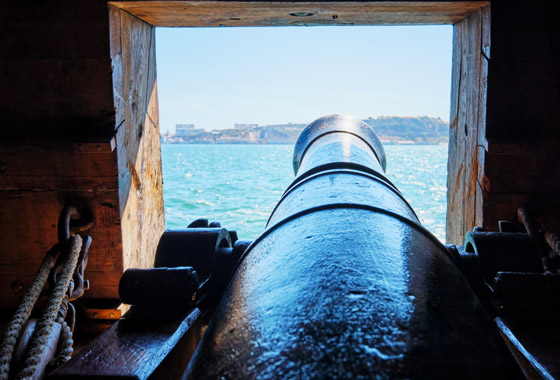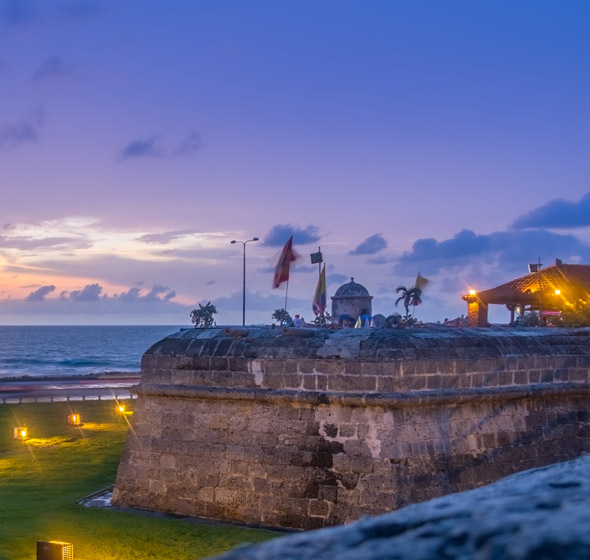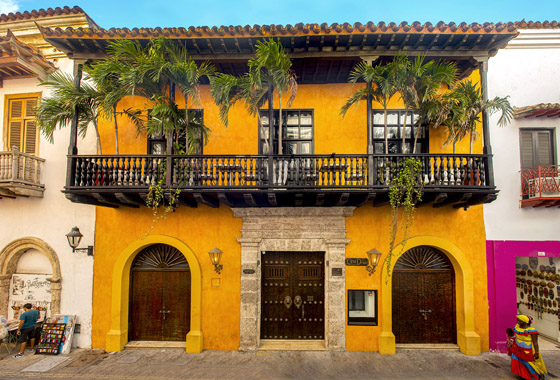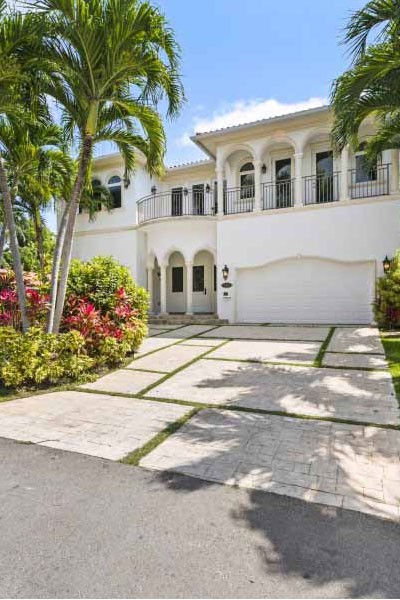Sir Francis Drake and his impact on the history of Cartagena
Sir Francis Drake, known as one of the most famous pirates in history, had a significant impact on Cartagena de Indias, a coastal city in present-day Colombia. His incursion into this city in 1586 is one of the most notable episodes in the colonial history of Latin America. This article will explore who Sir Francis Drake was, the historical context of his attack on Cartagena de Indias, the specific events of the raid and its long-term repercussions on the city and the region.
Sir Francis Drake was born in Tavistock, England, around 1540. He was an English navigator, privateer, slave trader, politician and admiral. His career was marked by his multiple maritime expeditions, which led him to be known both as a hero in England and as a pirate in Spain and its colonies. Drake was the first Englishman to circumnavigate the world (1577-1580), which brought him fame and fortune. In addition, he was one of the commanders of the English fleet that defeated the Spanish Armada in 1588.
Historical context of the attack on Cartagena de Indias
At the end of the 16th century, the Spanish Empire was at its peak, and its colonies in Latin America were rich sources of resources and wealth. Cartagena de Indias, founded in 1533, was one of the most important ports in the Caribbean. Its docks were frequented by ships that transported gold, silver and other riches from the interior of the continent to Spain.
The constant raids of pirates and corsairs in the Caribbean led the Spanish to fortify the city with walls and bastions. However, in 1586, these defenses were not sufficient to repel the attack of Sir Francis Drake.


Drake's raid on Cartagena de Indias
In 1586, Sir Francis Drake received orders from Queen Elizabeth I of England to attack Spanish possessions in the New World. His fleet, made up of around 25 ships and 2,300 men, set sail for the Caribbean with the mission of wreaking havoc and seizing valuable loot.
On February 9, 1586, Drake arrived on the coast of Cartagena de Indias. The city, although fortified, was not prepared to face an attack of such magnitude. Drake landed his troops and began a methodical and well-coordinated assault. The Spanish forces, outnumbered and outgunned, could not resist for long. The pirates sacked the city, took prisoners and demanded a ransom of 107,000 ducats, a considerable sum at that time.
Drake remained in Cartagena for a month, during which time the city suffered extensive damage. In addition to looting, pirates burned buildings and destroyed essential infrastructure. Finally, satisfied with the loot and ransom received, Drake abandoned Cartagena on March 31, 1586, leaving behind a devastated and ruined city.
Sir Francis Drake's stay in Cartagena
Sir Francis Drake's stay in Cartagena de Indias is one of the most famous episodes in the colonial history of this city. Sir Francis Drake, a famous English privateer, arrived in Cartagena in 1586 during one of his expeditions in the Caribbean. His arrival was dramatic and left a lasting mark on the city's history.
Today the home of this famous pirate is the renowned hotel CASA DE ALBA CARTAGENA a luxurious 16th century colonial mansion, completely restored in 2015. It was one of the first houses built in Cartagena in 1576.

Repercussions of the attack
Sir Francis Drake's attack on Cartagena de Indias had several important repercussions. Firstly, it demonstrated the vulnerability of Spanish possessions in the New World to attacks by privateers and pirates. This event accelerated the construction and improvement of defenses in Cartagena and other coastal cities in the Caribbean. In Cartagena, the walls were reinforced and new fortifications were built, such as the Castillo de San Felipe de Barajas, one of the most impressive works of military engineering of the time.
Secondly, Drake's plunder contributed to the temporary decline of Cartagena as a commercial and port center. It took several years for the city to recover economically and socially from the attack. However, in the long term, Cartagena emerged as a stronger and better defended city, allowing it to maintain its strategic and commercial importance in the region.
Finally, Drake's attack had a lasting impact on the collective memory of the inhabitants of Cartagena and on the perception of the Spanish towards the English. Sir Francis Drake became a legendary figure, both admired and feared. In the popular history of Cartagena, its name evokes both courage and audacity as well as destruction and looting.
Sir Francis Drake's attack on Cartagena de Indias in 1586 is a key episode in the history of the city and in the colonial history of the Caribbean. This event not only exposed the weaknesses of Spanish defenses, but also catalyzed important changes in the region's military infrastructure. Although Drake's sack brought devastation and suffering, it also boosted the resilience and resilience of Cartagena, which eventually became one of the most fortified and strategically important cities in the Caribbean.
Today, the story of Sir Francis Drake and his raid on Cartagena is remembered as an example of the complex interaction between European empires and the American colonies, and as a testimony of a city's ability to overcome adversity and emerge stronger than ever.
Posted in:
Nuestro Blog












Leave a comment